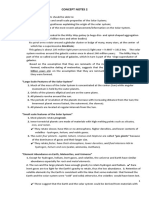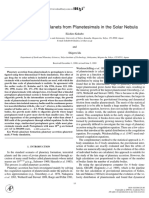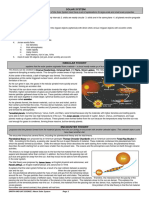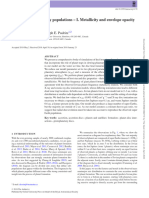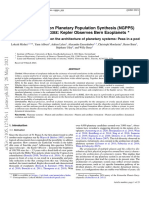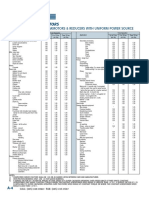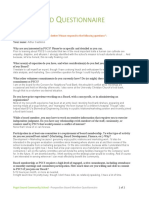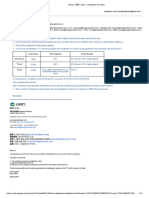Current Models and Simulations
Advancements in computational models and simulations have significantly enhanced
our understanding of solar system formation. These models utilize various physical
principles, including gravity, fluid dynamics, and thermodynamics, to simulate the
conditions present in the early solar nebula and the subsequent formation of celestial
bodies.
One of the most widely used models is the N-body simulation, which tracks the
gravitational interactions between a large number of particles, representing gas, dust,
and forming planets. These simulations allow researchers to study how small bodies
can coalesce into larger ones through gravitational attraction and collisions, providing
insights into the dynamics of planet formation. Recent improvements in computational
power have enabled the simulation of systems with millions of particles, offering a more
detailed view of how structures like asteroid belts and planetary rings develop.
Another significant advancement is the use of hydrodynamic simulations. These
simulations incorporate the equations governing fluid motion to model the behavior of
gas within the protoplanetary disk. By understanding how gas flows, cools, and
becomes dense enough to form solid bodies, scientists can gain insights into the initial
conditions that lead to the formation of planets. These models have revealed the
importance of turbulence within the disk, which can influence the distribution of material
and the formation of planetesimals.
In addition to these methods, researchers are increasingly utilizing machine learning
techniques to analyze vast datasets generated by simulations. Machine learning
algorithms can identify patterns that may not be evident through traditional analysis,
allowing scientists to make predictions about planetary formation outcomes based on
specific initial conditions.
Recent collaborative efforts in the scientific community have also led to the
development of comprehensive simulation frameworks, such as the "Planetary
Formation and Evolution" project. These collaborative models integrate various aspects
of solar system dynamics, including the physical and chemical processes involved in
planet formation, to provide a holistic view of solar system evolution.
Overall, the combination of advanced computational models, hydrodynamic simulations,
and machine learning techniques offers unprecedented insights into the complex
processes governing solar system formation, paving the way for future discoveries in
planetary science.























